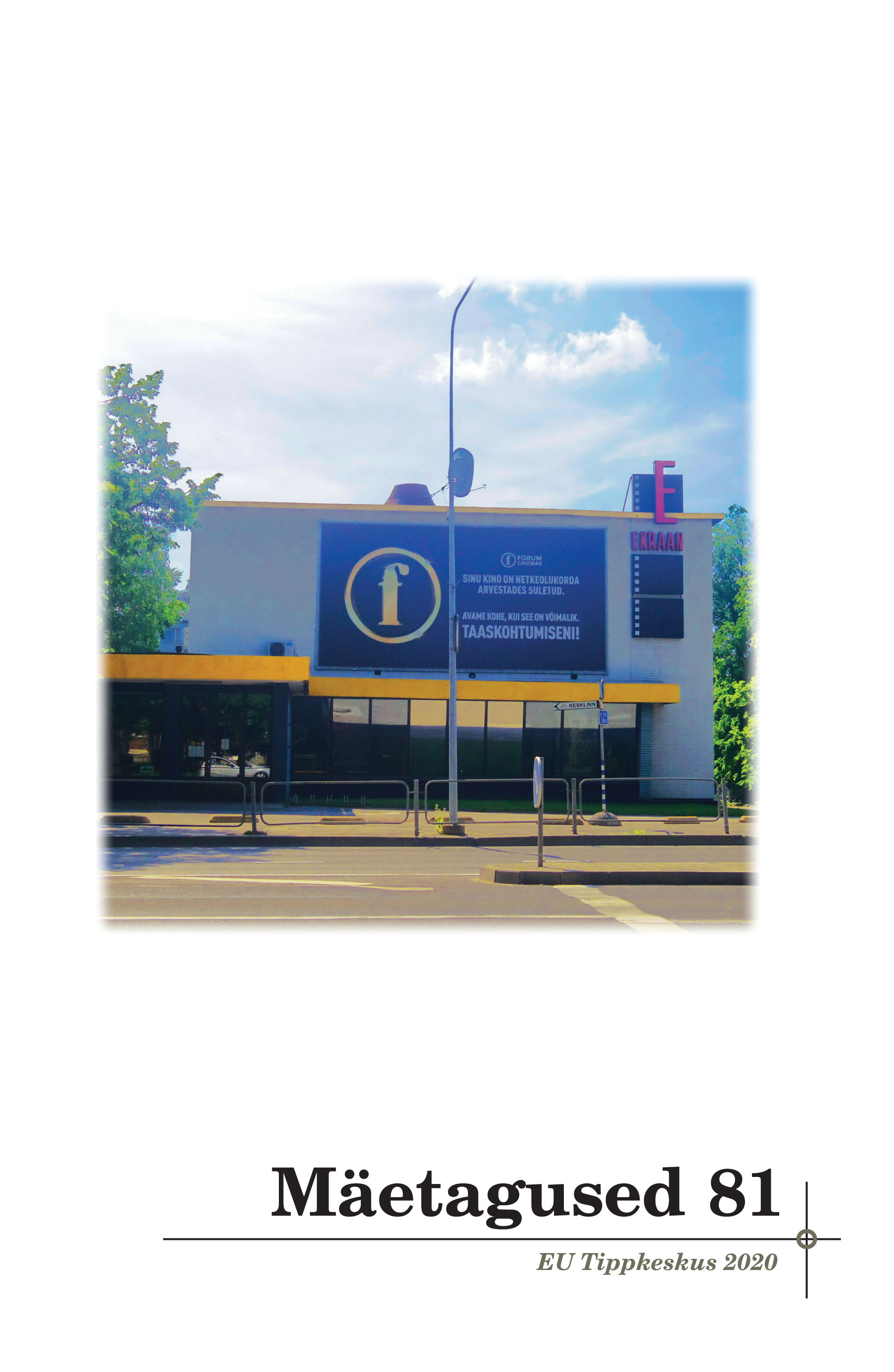Narratiiv ja topos Heino Elleri “Sümfoonilises legendis”
Narrative and topic in Heino Eller’s “Symphonic Legend”
Author(s): Karl Joosep PihelSubject(s): Customs / Folklore, Music, Semiology, Aesthetics, Cultural Anthropology / Ethnology, Culture and social structure
Published by: Eesti Kirjandusmuuseum
Keywords: Byron Almén; Heino Eller; music semiotics; narrative; topos;
Summary/Abstract: This article focuses on the narrative analysis of late-romantic instrumental music. Having adopted the structuralist-semiotic conception of musical narrative as proposed by Byron Almén (2008) as the transvaluation of an opposing hierarchy, and the concept of the musical topic as musical elements with specific stylistic-cultural associations, I analyse the expressive form of Heino Eller’s early symphonic poem “Symphonic Legend” (1923). Narrative logic was found to permeate the musical work despite its collage or suite-like form, as the composer introduces characteristic musical actors that re-appear in different musical contexts. These actors are largely distinguished by musical topics, the conventional stylistic associations related with their musical characteristics as Eller’s piece presents a wide synthesis of styles – from musical impressionism and expressionism to lyrical or chromatic late-romantic; and various topics, such as fantastic, ombra, apassionata, pianto, heroic, and pastoral. Further, I propose a layered narrative structure for the “Symphonic Legend”, as the jarring and abrupt changes in musical material, affect and topic between different movements of the piece suggest shifts in the level of musical discourse and a framed narrative, as proposed by Hatten (1994). The primary order-imposing hierarchy is identified as the pastoral-impressionist topic that acts as the introduction and coda to the entire piece while the transgressive hierarchy is carried by antagonistic musical material associated with fantastical and dysphoric topics (whole-tone scale, chromaticism, fanfare-like brass and ombra) and with the main theme-actor of the piece (a theme strongly resembling the main theme of the first part of Rimsky-Korsakov’s “Scheherezade”). While the pastoral beginning and end of the piece (1st and 11th sections) suggest a narrative trajectory of a romance or “the victory of the order-imposing hierarchy over the transgression”, the abrupt shifts that occur between those sections and the middle-sections of the piece suggest that these take place at a different level of discourse, placing the narrative weight in sections 2–10, where the primary conflict seems to be between the antagonistic material and the theme-actor. In the middle sections Eller seems to problematize the typical narrative trajectory of dysphoric to euphoric in 19th-century symphonic poems, as the theme-actor’s heroic apotheosis in the 9th section is undermined by its reprise in section 10 and ultimate inability to be united with the order-imposing hierarchy in the coda, suggesting an ironic narrative. This reading is hopefully the first of many narrative analyses of Eller’s and other Estonian composers’ unique late-romantic and early modern symphonic poems.
Journal: Mäetagused. Hüperajakiri
- Issue Year: 2021
- Issue No: 81
- Page Range: 91-120
- Page Count: 30
- Language: Estonian

